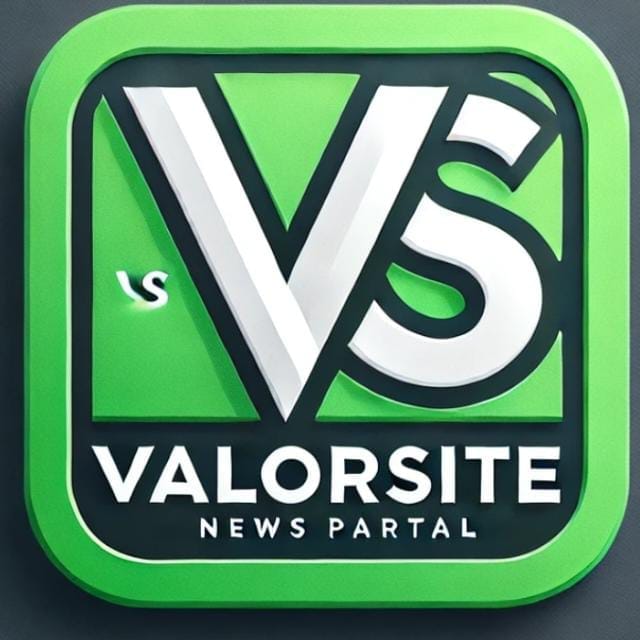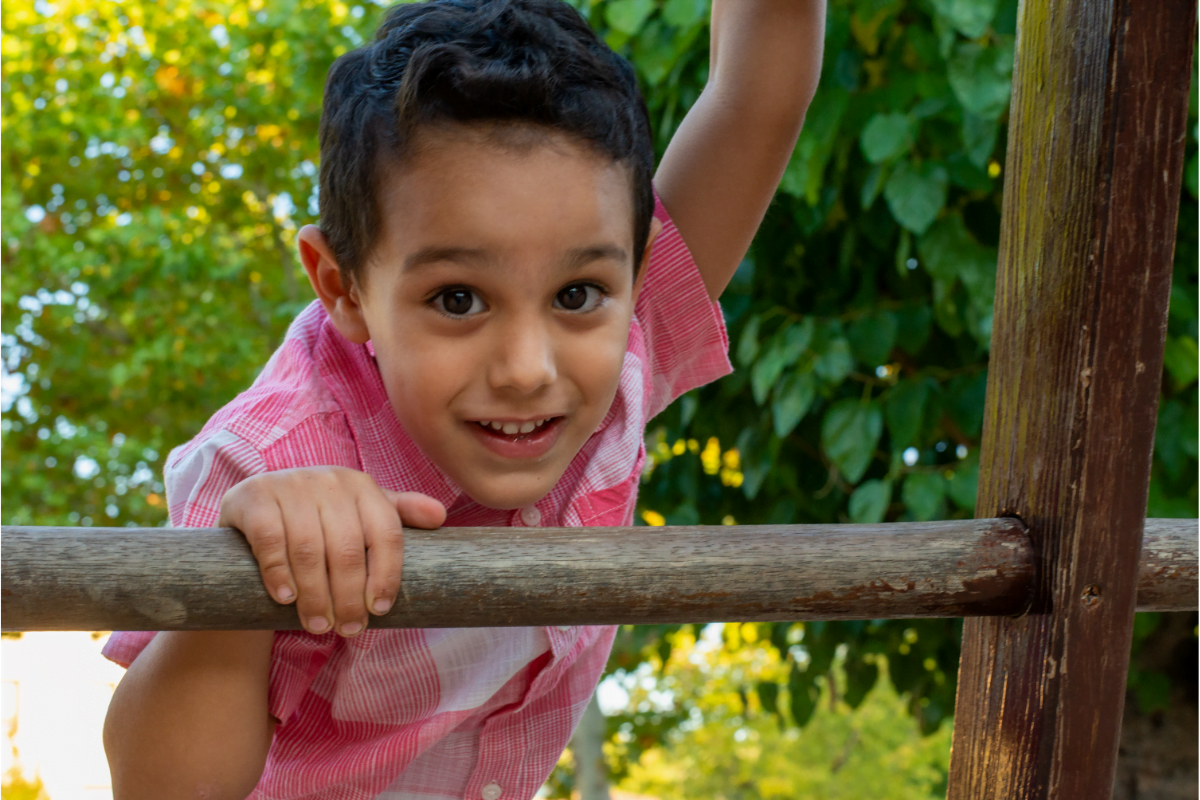Parents play a significant role in their child’s physical development, particularly in their motor skills. Motor development is the process of acquiring physical abilities such as crawling, walking, and running. It is a crucial aspect of a child’s growth and development, as it lays the foundation for their overall physical abilities and coordination.
Research has shown that parents can significantly impact their child’s motor development by implementing certain strategies and utilizing various resources. By engaging in activities that promote physical activity and movement, parents can help their child develop their motor skills. Additionally, providing appropriate toys and equipment that encourage movement and exploration can also aid in their child’s physical development.
In this article, we will explore the various strategies and resources that parents can use to stimulate their child’s motor development. We will discuss the importance of physical activity and play, as well as the types of toys and equipment that can aid in their child’s physical development. By understanding the role that parents play in their child’s motor development, we can help ensure that children are given the best possible foundation for their physical abilities and overall health.
Understanding Motor Development
Stages of Motor Skill Acquisition
Motor development is the process of acquiring and refining motor skills. It involves the development of both gross motor skills, which involve large muscle groups and movements, and fine motor skills, which involve small muscle groups and precise movements. The acquisition of motor skills occurs in a predictable sequence of stages.
The first stage is the reflexive stage, which occurs from birth to one month of age. During this stage, infants exhibit reflexive movements, such as sucking and grasping, in response to stimuli.
The second stage is the rudimentary stage, which occurs from one to two years of age. During this stage, infants begin to develop voluntary control over their movements and exhibit gross motor skills, such as crawling, standing, and walking.
The third stage is the fundamental movement stage, which occurs from two to seven years of age. During this stage, children develop proficiency in fundamental movement skills, such as running, jumping, throwing, and catching.
The fourth stage is the specialized movement stage, which occurs from seven to fourteen years of age. During this stage, children develop specialized movement skills, such as those required for sports or dance.
Factors Influencing Motor Development
Motor development is influenced by a variety of factors, including genetics, environment, and experience. Genetics play a role in determining an individual’s potential for motor development, while environmental factors, such as nutrition and exposure to toxins, can either enhance or hinder motor development.
Experience also plays a critical role in motor development. Children who are provided with opportunities to engage in physical activity and practice motor skills are more likely to develop proficiency in those skills. Parents can play an important role in stimulating their child’s motor development by providing opportunities for physical activity and practice, as well as by providing appropriate resources and guidance.
Parental Involvement in Motor Development
The Importance of Play
Play is a crucial aspect of a child’s motor development. Parents can play a significant role in promoting physical activity and play in their child’s life. Encouraging children to engage in different types of play, such as running, jumping, and climbing, can help develop their gross motor skills. Additionally, parents can encourage their child to engage in fine motor activities, such as drawing, painting, and playing with small toys, to develop their fine motor skills.
Creating a Stimulating Environment
Parents can create a stimulating environment that encourages their child’s motor development. This can be achieved by providing opportunities for physical activity and play, such as setting up an obstacle course in the backyard or taking the child to a park. Additionally, parents can provide their child with toys and tools that promote motor development, such as balls, ride-on toys, and building blocks.
It is essential for parents to be involved in their child’s motor development to ensure that they are meeting their developmental milestones. By providing opportunities for physical activity and play, and creating a stimulating environment, parents can help their child develop the necessary motor skills for a healthy and active life.
Strategies for Enhancing Motor Skills
Age-Appropriate Activities
Parents can help enhance their child’s motor skills by engaging them in age-appropriate activities. For infants, activities such as tummy time, reaching for and grasping toys, and rolling over can help develop their gross motor skills. For toddlers, activities such as running, jumping, and climbing can help develop their coordination and balance.
Preschoolers can benefit from activities such as riding a tricycle, playing catch, and dancing. These activities can help develop their hand-eye coordination, balance, and gross motor skills. School-aged children can benefit from activities such as swimming, riding a bike, and playing team sports. These activities can help develop their strength, coordination, and overall physical fitness.
Encouraging Movement and Exploration
Parents can also encourage their child’s motor development by providing opportunities for movement and exploration. This can include setting up a safe play area where the child can crawl, climb, and explore their surroundings. It can also include providing toys and equipment that promote movement, such as balls, jump ropes, and balance beams.
Parents can also encourage their child to be physically active by modeling an active lifestyle themselves. This can include going for walks or bike rides together, playing sports as a family, and limiting screen time. By providing opportunities for movement and encouraging an active lifestyle, parents can help enhance their child’s motor development and overall physical health.
Resources and Tools
Educational Toys and Equipment
Parents can use a variety of educational toys and equipment to stimulate their child’s motor development. These toys and equipment can be found in stores or online, and range from simple to complex. Some examples of educational toys that can help with motor development include:
- Soft blocks: These blocks are made of foam or other soft materials and are easy for babies to grasp and manipulate. They can be stacked, knocked down, and thrown, which helps develop hand-eye coordination and gross motor skills.
- Activity gyms: These are soft mats with arches that hang toys over the baby’s head. The toys can be reached for and grabbed, which helps develop hand-eye coordination and gross motor skills.
- Ride-on toys: These toys allow children to sit on them and move around by pushing off with their feet. This helps develop leg strength and coordination.
- Balance bikes: These bikes have no pedals and allow children to learn how to balance and steer before transitioning to a traditional bike.
Community Programs and Workshops
Parents can also take advantage of community programs and workshops to help stimulate their child’s motor development. These programs and workshops can be found through local community centers, libraries, and hospitals. Some examples of community programs and workshops include:
- Baby and Me classes: These classes focus on activities for babies and their parents, such as music and movement, tummy time, and sensory play.
- Swimming lessons: Swimming is a great way to develop gross motor skills and coordination.
- Parent-child yoga: Yoga can help develop balance, strength, and coordination.
- Occupational therapy: If a child has a developmental delay or motor impairment, occupational therapy can provide individualized treatment and activities to help improve their motor skills.
By utilizing educational toys and equipment and taking advantage of community programs and workshops, parents can play an active role in stimulating their child’s motor development.
Monitoring Progress and Milestones
Parents play a crucial role in monitoring their child’s motor development progress. By keeping track of their child’s milestones, parents can identify any potential developmental delays and take appropriate action.
Recognizing Developmental Delays
It is important for parents to be aware of the typical motor development milestones for their child’s age range. If a child is not reaching these milestones or is significantly behind their peers, it may be a sign of a developmental delay. Some common signs of developmental delay include difficulty with balance, coordination, and movement, as well as delayed crawling or walking.
When to Seek Professional Advice
If parents suspect that their child may have a developmental delay, it is important to seek professional advice. A pediatrician or a developmental specialist can evaluate the child’s motor skills and provide recommendations for intervention if necessary. Early intervention can make a significant difference in a child’s motor development and overall well-being.
To keep track of their child’s progress, parents can create a chart or use an app to record their child’s milestones and achievements. By doing so, they can identify any areas that may need extra attention and support. It is important for parents to remain patient and supportive as their child develops their motor skills, and to seek help if necessary to ensure their child’s success.


